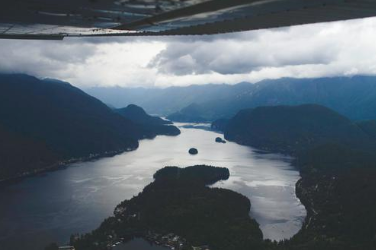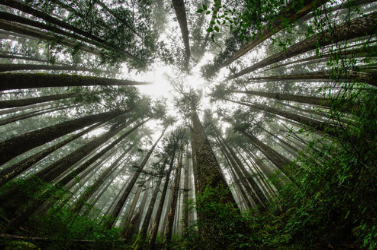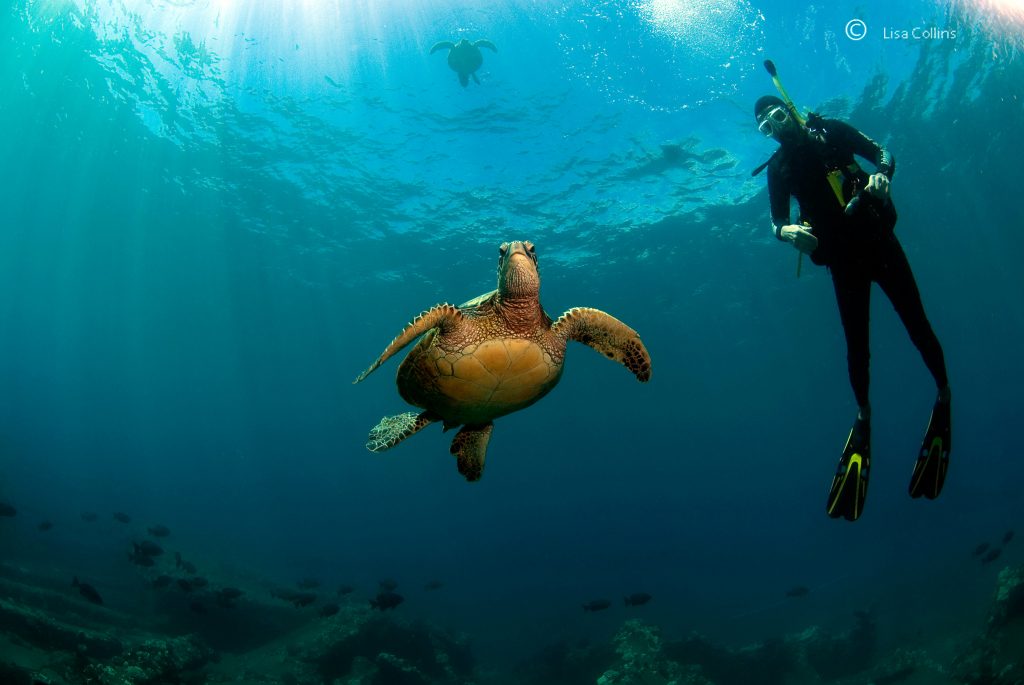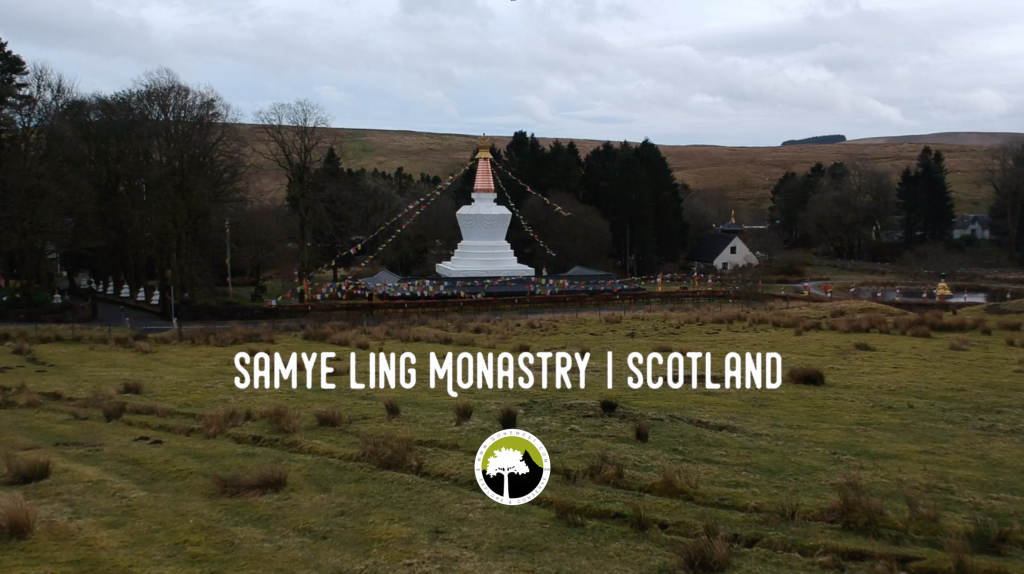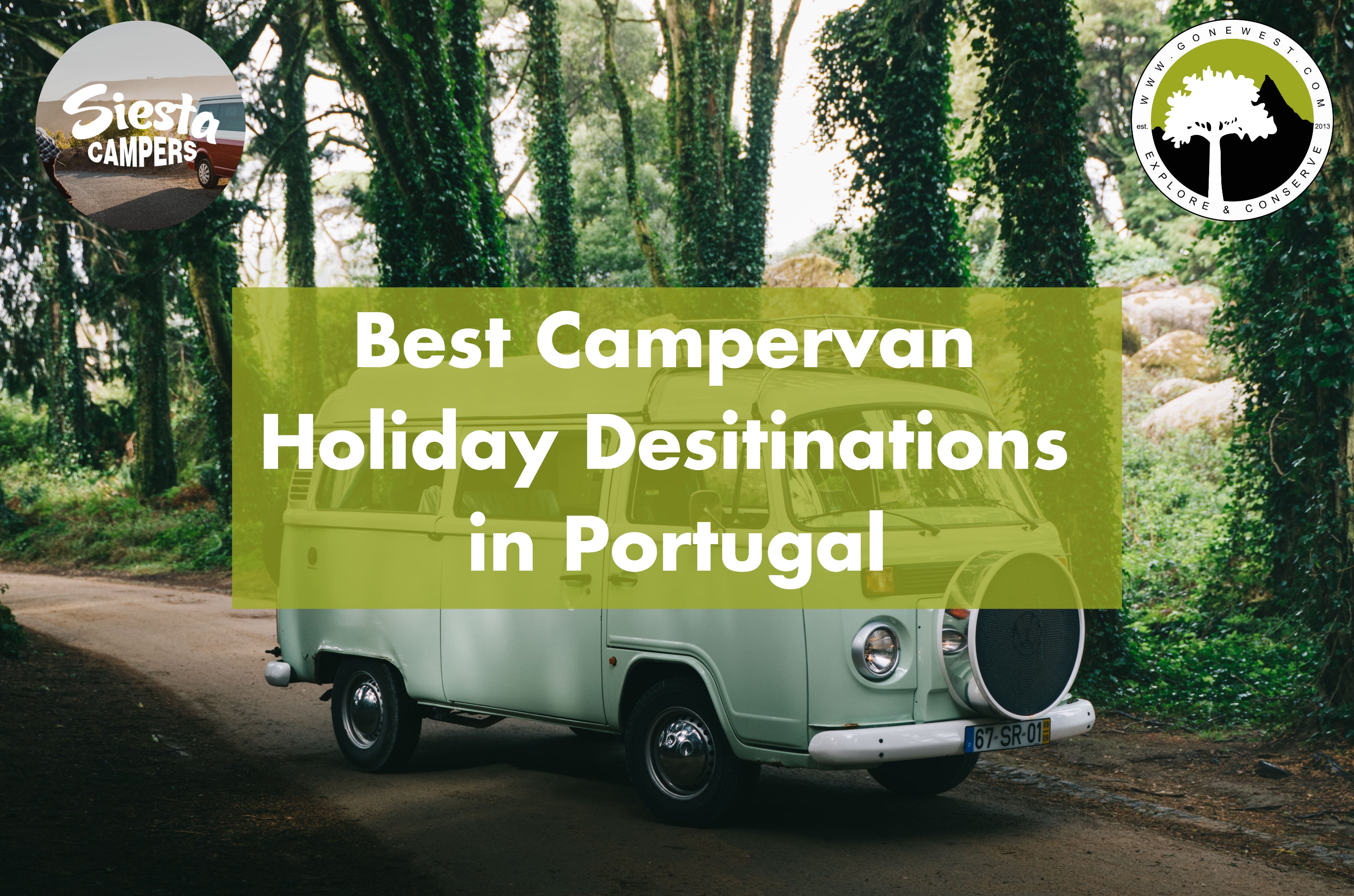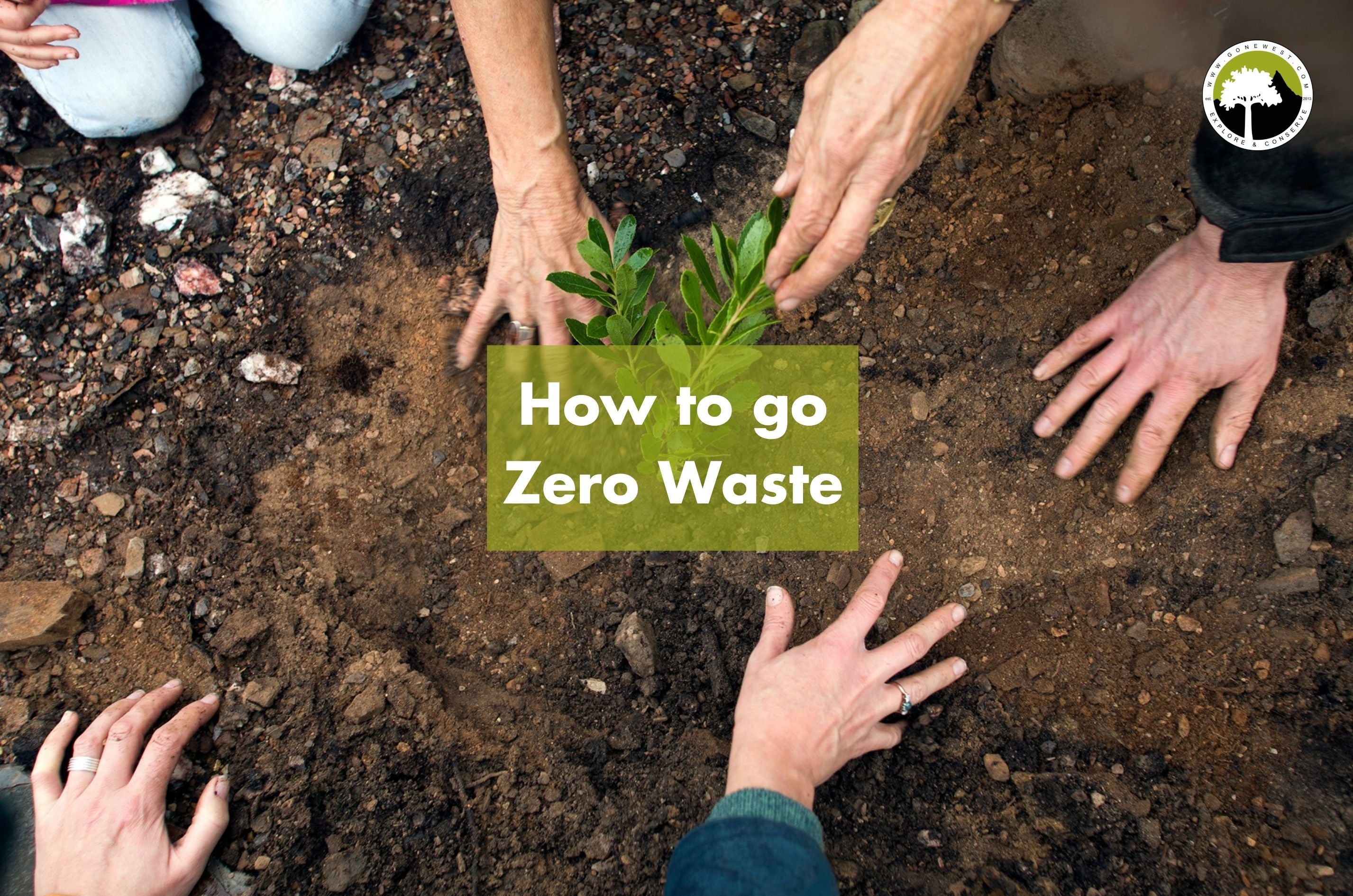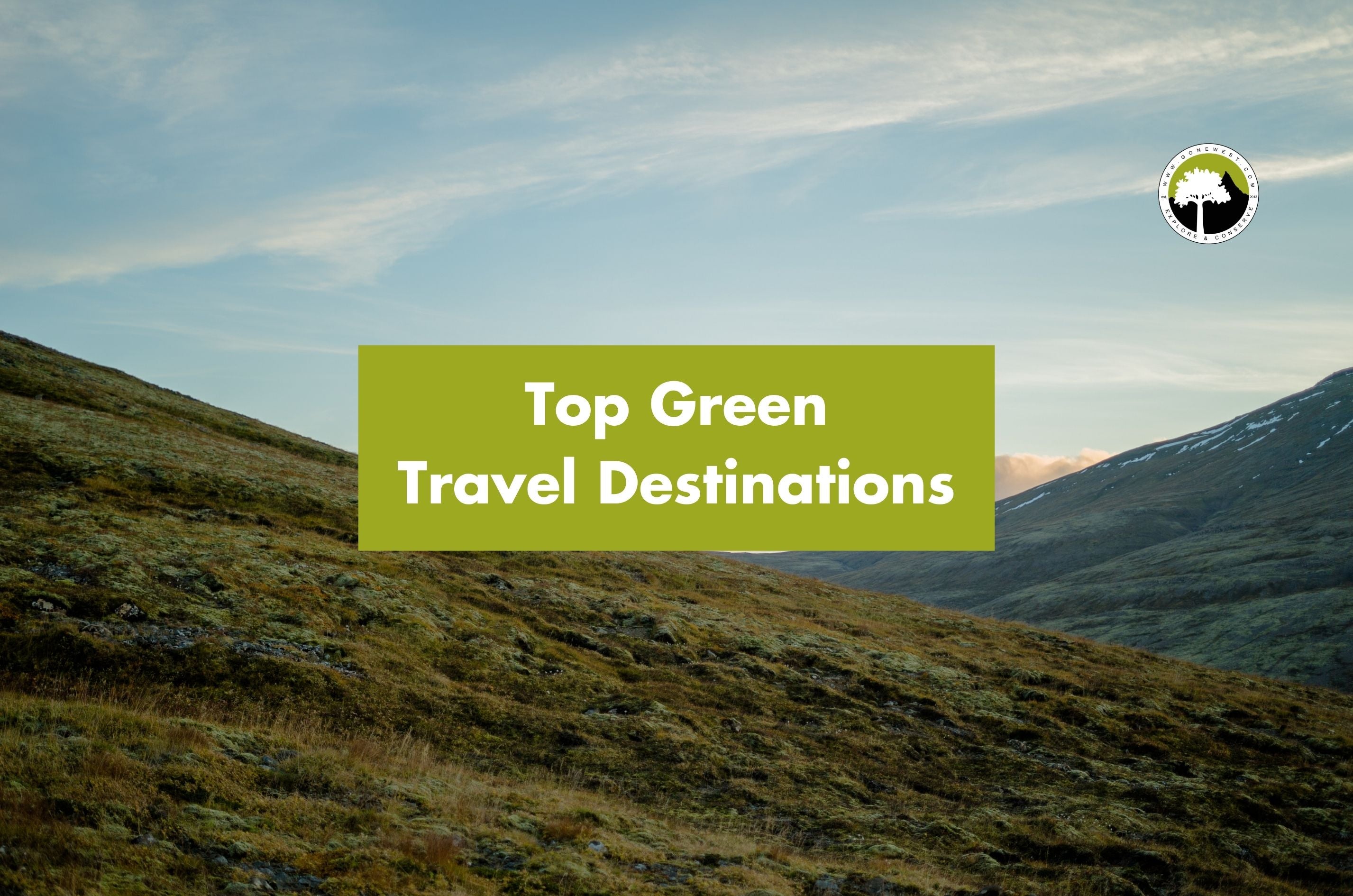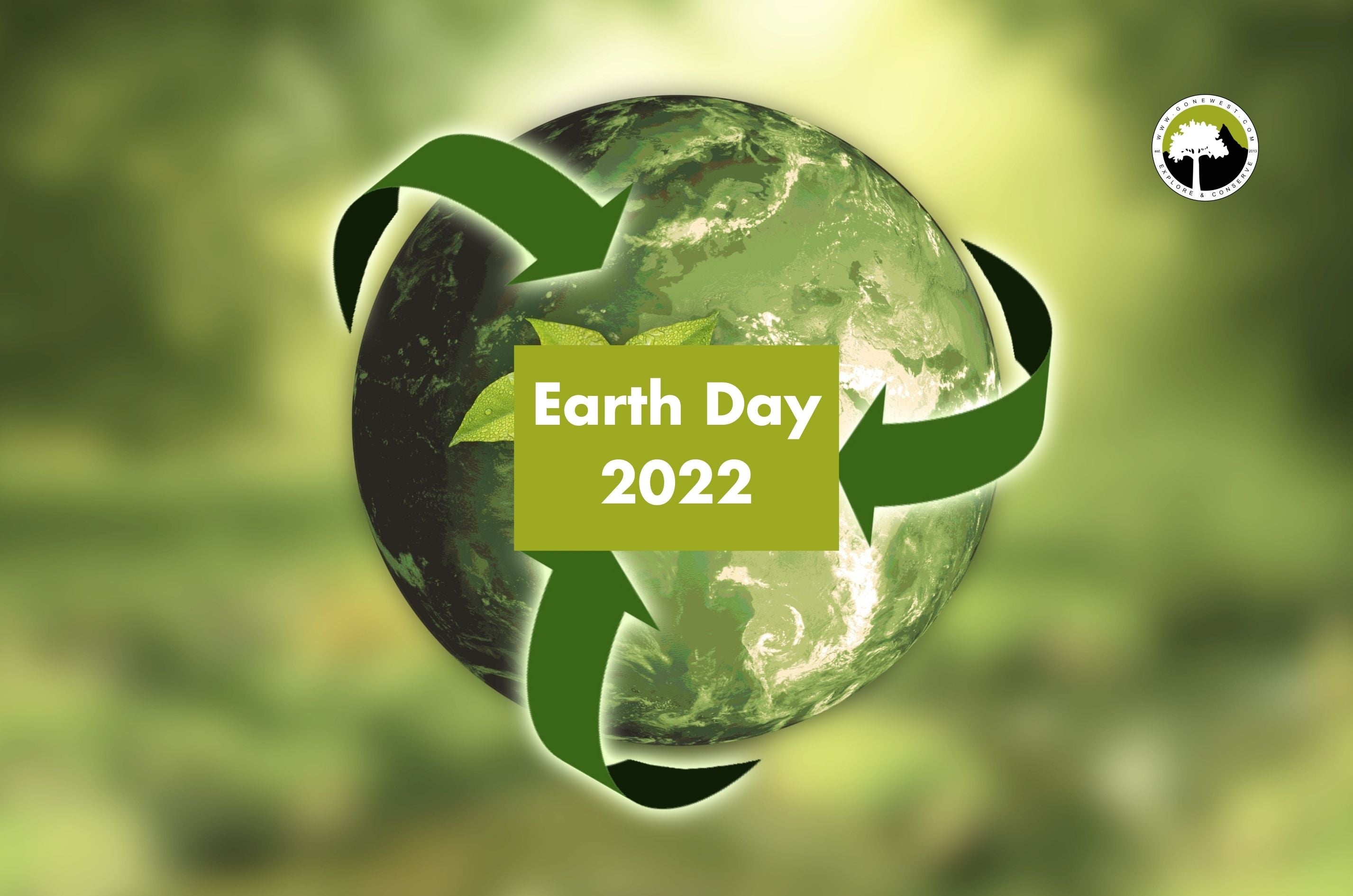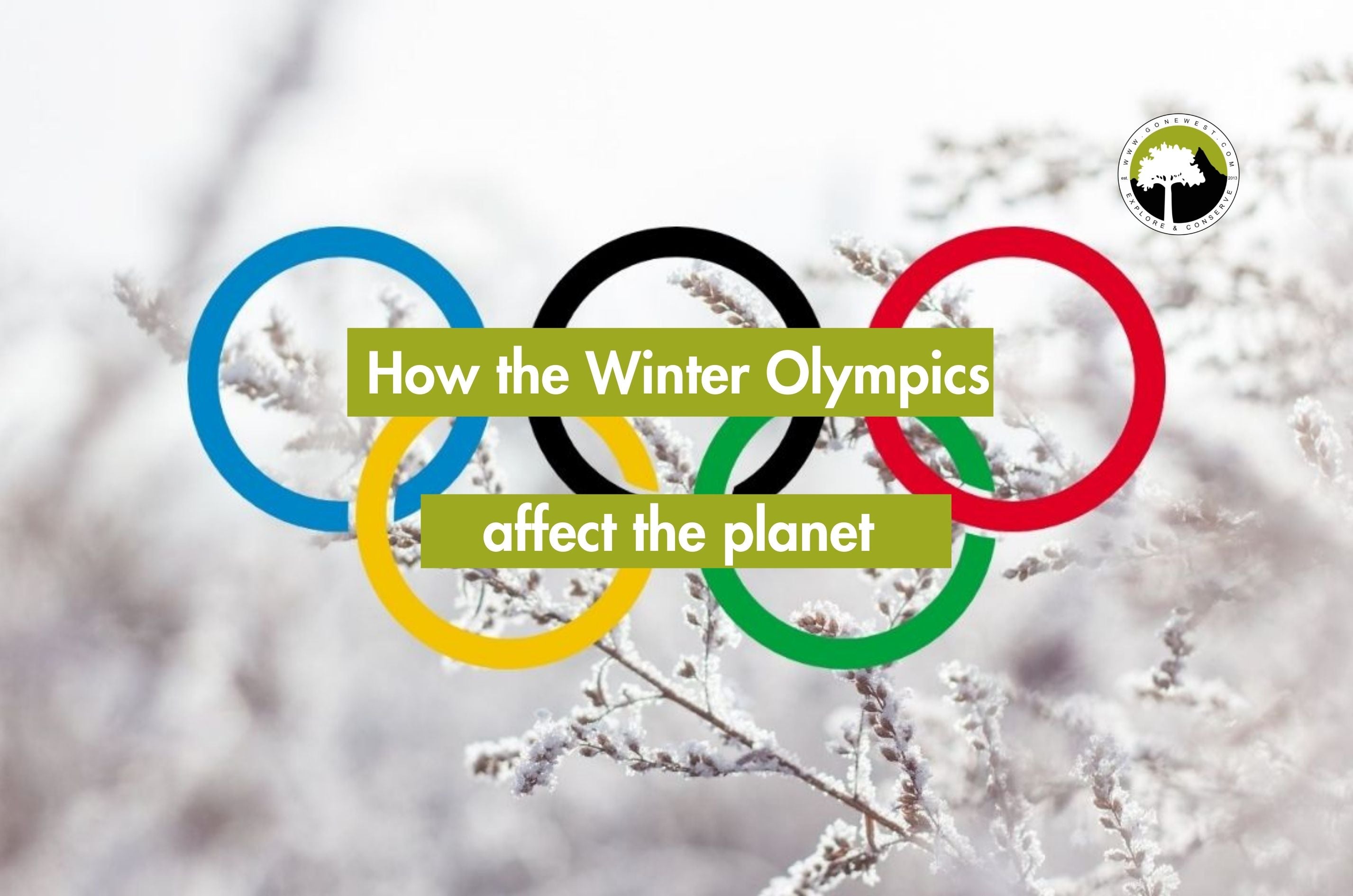Currently one of the most valuable places on Earth is the Great Bear Rainforest and sea in British Columbia, Canada. This vast area is valued by its residents; First Nations people, plants, animals, birds and marine life. It is valued by its visitors; the hikers, photographers, cruise-ship goers and scientists. And, inevitably, the Great Bear rainforest is valued by industry. But amongst all of these players, what and whose vision of value should determine the fate of this truly spectacular environment?
Should it be the rich ecological value of the Great Bear Rainforest?
The value of the ecosystem services performed by the wetlands that lie within, that act to store carbon dioxide, while purifying water and removing toxins from the surrounding environment. Or, the ecological value of an old-growth forest, which harbour more carbon dioxide within it than many industrial activities release. Or perhaps, the value of the Great Bear Rainforest’s rich biodiversity; the value of preserving habitat for grizzly bears, black bears and spirit bears, and for the wolves and wolverines. Or the ecological value of the humpback and orca whales that swim through the Great Bear Sea bear, or the stocks of salmon which connect that sea to the land.
Or perhaps, it should be the spectacular aesthetic value of the Great Bear Rainforest that takes precedence. The importance and value of the Great Bear Rainforest for human recreation, respect, and research. The value of conservation of the beautiful century and thousand-year old trees so that we can walk among their presence.
THE VALUE OF THEIR TREE CORES WHICH ALLOW US TO LOOK BACK THROUGH HISTORY.
PHOTO: CRISTOBAL RUIZ
The value of preservation of the wildlife, so that we might have the opportunity to study, stumble-across or perhaps even photograph. And the value of preserving the ocean, so that we may use, study, and appreciate its waters and resources for many years to come.
Intrinsically connected to the ecology and aesthetics is the cultural and spiritual value of the Great Bear Rainforest. Perhaps the livelihood of the current 17 different First Nations people who live in and utilize the Great Bear Rainforest is the most valuable part of the forest. Perhaps, the greatest value of this rainforest lies in its historic past of many First Nations who have left and continue to integrate parts of their culture within it. And maybe, the greatest value lies in the local First Nation’s knowledge of this vast temperate rainforest, and giving, what should not even have to be given, respect to their deep spiritual connections with their land and the other forms of life which inhabit it. Perhaps this value would be best put in precedence, to allow the people whose home resides within the rainforest, the people who have used this land further back in human history than we can see, who are in a sense the most knowledgeable of this landscape, and arguably the most justified to choose its value.
Or perhaps, we could side-step these rights and values, as has been done in many places and times before, and decide that the Great Bear Rainforest’s greatest value lies in its economic value. The aesthetic value and the value of the ecosystem services provided by thousand year-old trees could be, and have already been, traded for the economic value of the lifeless logs. Ecological values have been twisted into economical and prize through trophy hunting. These atrocities have already decimated part of the balance of this rainforest, but through increased voice and awareness, are now beginning to be managed more appropriately.
THIS WORK COULD ALL BE REVERSED HOWEVER AS AESTHETIC, HUMAN, CULTURAL, SPIRITUAL AND ECOLOGICAL VALUES COULD BE THREATENED AND TRADED FOR THE ECONOMIC VALUE OF AN OIL PIPELINE.

This recently approved pipeline is the Enbridge Northern Gateway pipeline, which plans to pump oil from the Alberta oil sands to the coast, in order to ship to both the U.S. and Asia. The risk of poisoning the soil and sea from this pipeline are enormous. Consider first, there is not a single pipeline in Canada that hasn’t leaked. Furthermore, Enbridge’s personal record of 804 pipeline spills in an 11 year period, and moreover causing the death of 9 people due to explosions from their pipelines does not instill much faith. And, not to mention, the treacherous planned route along the coast for tankers carrying extraordinary amounts of oil to navigate. These supertankers will be up to 330m in length, and consider now: this route is challenging for ships half that size. It is hard not to believe that economic value will drown and undermine the other important values of this region.
PHOTO: CRISTOBAL RUIZ
These values are already devalued even in the unlikely event that there isn’t an oil spill. Ecological values are challenged through loss and fragmentation of habitat along the pipeline route, logging of the pipeline route, and the disruption of marine mammals caused by supertanker traffic. Supertanker traffic will chip away at the aesthetic value of this beautiful coastline, while the pipeline on land will cut through prime forest area. Cultural values have already been overlooked by a lack of adequate involvement in discussion and consultation with all of the First Nation’s people affected along the pipeline route.
The challenge with values is that in order to become tangible and noticed they must be given a voice. It seems that recently economic value has the loudest voice, but I believe this voice is disproportionately large. Economic value has the advantage in that it is perhaps more easily imagined; we can put a number on it in the form of money, economic gains and job creation. It is of my firm belief, however, that these more unquantifiable values of ecology, beauty, and cultural connection and land rights, trump any number an economical value could give for this breath-taking region.
By Jennie Bishop
Stay in the loop

